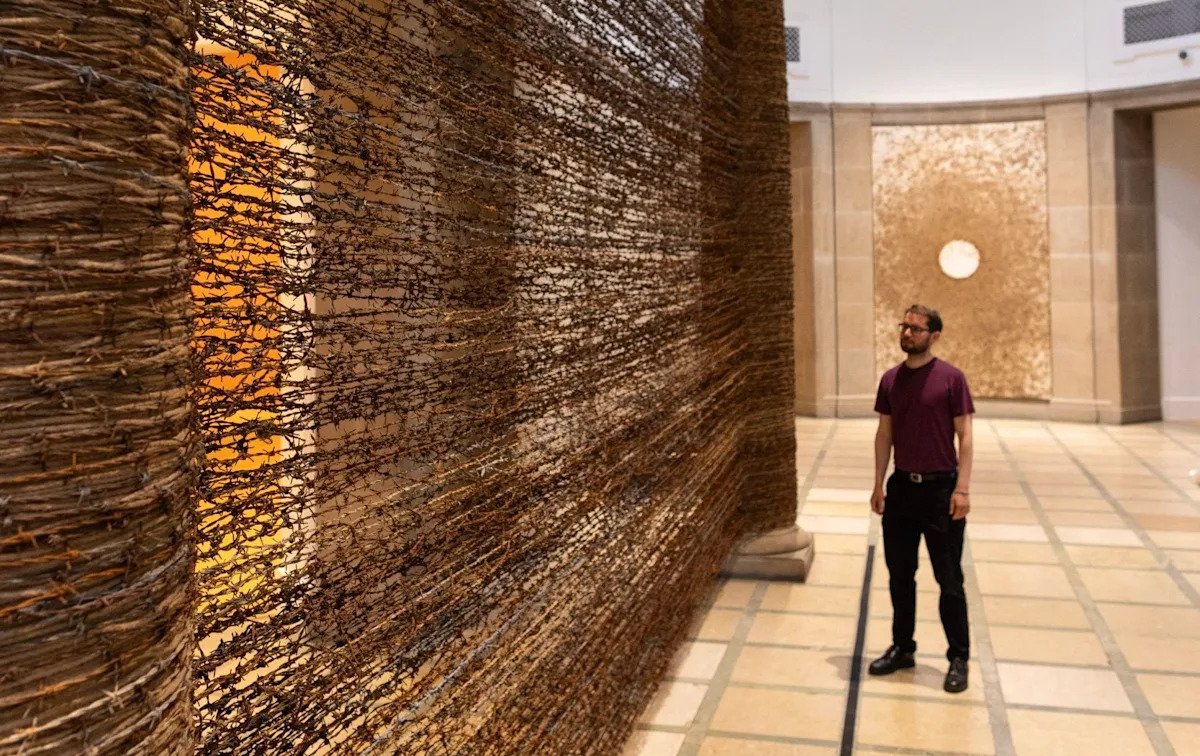She tells me that her practice is driven by her interest in history, particularly diasporic culture and its manifestation in personal and public memory. The act of researching and observation is just as important to her in building a picture of the sitter as the research material she discovers. Each body of work is centred on a particular research focus, drawing from a variety of references, including archival images, historical paintings, family photographs and literature.
For this commission, she predicts that she will spend a lot more time preparing and researching than actually painting. There is a lot of material to cover – there are more than 189,000 pictures of the Princess of Wales in the Getty Images archive, she tells me. But she doesn’t seem daunted and intends to look at as many photos as she possibly can before basing the final work on a composite image.
‘When you can’t meet the sitter in person, you have to look at everything you can find and piece together the subtle human moments revealed in different photographs: do they have a particular way of standing or holding their head or hands? Do they have a recurrent gesture?’ Has the recent video released by the Princess of Wales’s household, in which she explains her cancer diagnosis, given Uzor a new perspective? ‘Without a doubt,’ she replies. ‘All my portraits are made up of layers of a personality, constructed from everything I can find about them.’ The video has added another layer to Uzor’s reading of the princess, showing ‘a moment of dealing with something difficult, speaking from the heart, having the courage to tackle it head-on’.







